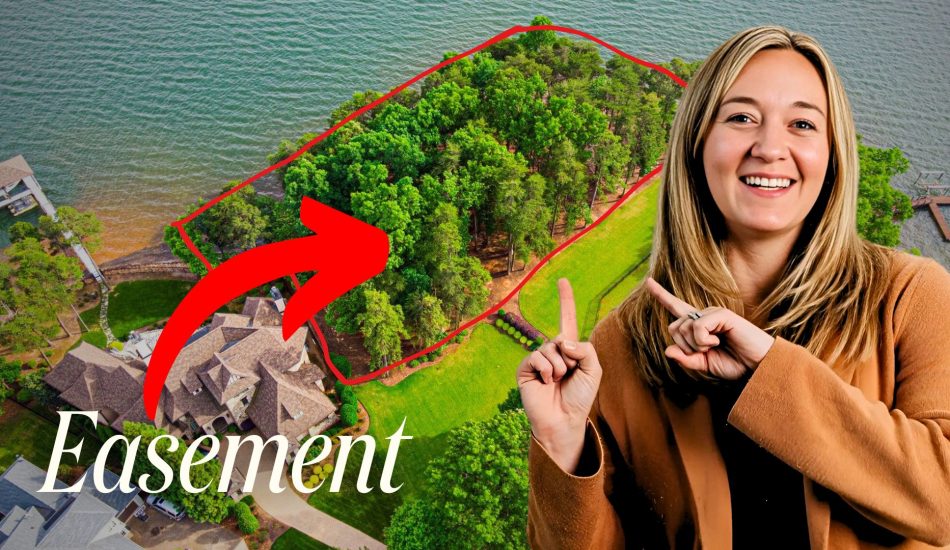Easements Explained: What Every Property Owner Should Know

Easements are one of the most overlooked yet impactful aspects of property ownership. Whether it’s a utility company accessing underground lines or a shared path to a lake, easements define how others can use parts of your land—and they can significantly affect your property rights.
In the latest episode of The Real Estate Show, attorneys Tiffany Webber and Erica Henson from Thomas & Webber dive into the different types of easements commonly found on plats and what they mean for property owners. Watch the full episode on our YouTube channel here.
What Are Easements?
An easement grants a non-possessory right to use someone else’s property for a specific purpose, such as accessing utilities or providing a path to a shared community space. While easements don’t transfer ownership, they can restrict what a property owner can do on certain parts of their land.
Key Types of Easements
1. Right-of-Way Easements
These allow specific individuals or groups access to a property for transportation or passage. Examples include roads, walking paths, and even access to community lakefronts.
2. Utility Easements
Utility easements give companies access to maintain infrastructure like power lines, underground cables, or drainage systems. Typically found along property boundaries, they ensure quick access for repairs and maintenance.
3. Drainage Easements
Common in areas with significant stormwater management requirements, drainage easements allow water runoff to flow safely without flooding neighboring properties.
4. Septic Easements
Some properties require septic systems that extend onto neighboring land. These easements are crucial for ensuring continued access for maintenance and repairs.
5. Conservation Easements
Designed to preserve natural resources, these easements restrict development to protect the environment, agricultural land, or open spaces.
6. Prescriptive Easements
Prescriptive easements occur when someone uses a portion of land for an extended period without objection. Over time, this use can become legally protected, even if no formal agreement exists.
Why Easements Matter
Easements can impact property value, limit development, and even lead to disputes if misunderstood. Whether you’re purchasing property, subdividing land, or planning construction, understanding the easements on your plat is essential for avoiding unexpected complications.
Tips for Navigating Easements
- Review Your Plat: Before buying property, carefully examine the plat to identify any easements.
- Understand the Terms: Know who benefits from the easement and how it affects your rights as the property owner.
- Consult an Attorney: If you’re unsure about the implications of an easement, seeking legal advice can help you make informed decisions.
Watch the Full Episode
For a deeper dive into the different types of easements and how they can impact your property, tune in to the latest episode of The Real Estate Show. Tiffany Webber and Erica Henson provide real-world examples and expert insights to help you understand the role easements play in property ownership.
📺 Watch the full episode here. Don’t forget to subscribe for more real estate insights and legal advice!


